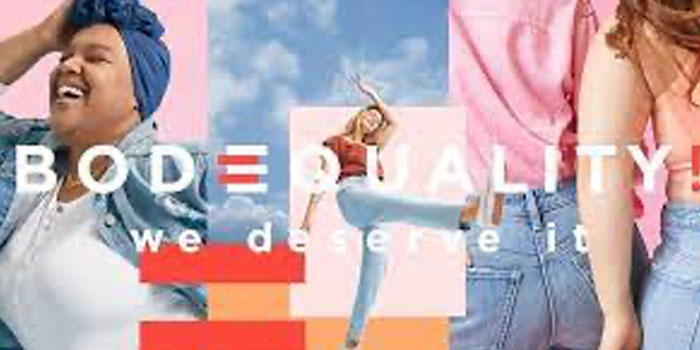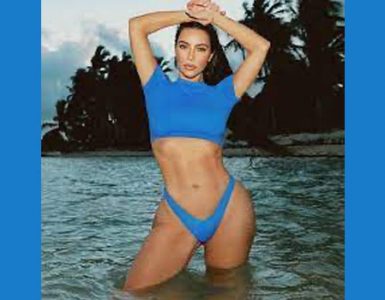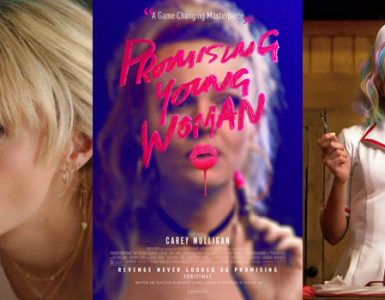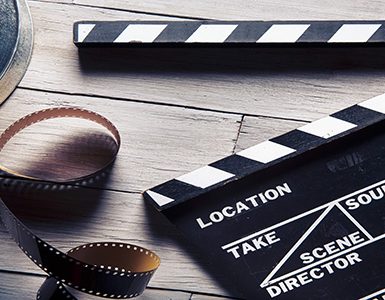As of August 20th, Old Navy has launched its new BODEQUALITY initiative. The new campaign features “Saturday Night Live” and “Shrill” star Aidy Bryant. Plus size women of all shapes and sizes are featured in Old Navy’s signature denim. They also emailed all cardholders and mail subscribers the press release. Old Navy’s BODEQUALITY aims to streamline their processes so that all women’s styles will be offered in sizes 00-30, in store. In their press release, they are priding themselves on everything being sold together. Gone are the days of the dark, dank, plus size corner in the back of the store. They are also prioritizing price equality also. Which means everyone will pay the same price for the same garment. There is no talk yet about Gap Inc extending the BODEQUALITY movement to Gap, Banana Republic, or Athleta. However, this is still a big step for the plus size community!
Previous Process
Old Navy was ahead of the plus size boom of the 2010’s. First starting their foray into plus size clothing in 2004. At first launch, shirts and dresses went to 3X while jeans capped at size 20. Old Navy was a fantastic shopping experience for most because of their trendiness. Everyone in the family could shop at Old Navy. From the parents, to the baby, hell even the dog found something! The increase of online shopping in the 2010’s directly collided with the plus size movement. Old Navy extended sizing to 30 for jeans and 4X for shirts and dresses. For the most part, however, these sizes were solely available online. Unless the customer lucked up on an in store return. In 2018, they launched plus size sections in 75 stores. In 2019, Old Navy turned 30 of those stores into the integrated shopping experience they are now launching nationwide.
Old Navy is priding itself on the integrated “size equality” layout of the stores. This means that all their sizing will now be available in store. In addition to that, they will all be sold together in a full size run of 00-30. According to their press release, Old Navy’s technical design team administered body scans of 389 women to create digital avatars based on real women’s bodies. Ran fit clinics with numerous models in sizes 20-28 to build new fit blocks based on their unique proportions, revamping the industry practice of scaling up from smaller sizes. Obsessed over design details – from pocket placement, to ankle tapers, to the body lengths of dresses, tops and outerwear – to ensure consistency in fit and aesthetic across styles and sizes. Partnered with full-time fit models in size eight and 20 to review every single style on both women side-by-side[1].
Size Equality
Why is size equality important? For starters, it ensures that every garment is the same for all sizes. We have all seen where a plus size item looks drastically different from its straight size counterpart. This is because scaling a pattern up from a smaller size is not effective. As patternmakers “grade” a pattern to make it bigger, the details will begin to shift. Take a sheet of paper. In the dead center of the page draw a shape. Fold the paper in half lengthwise and widthwise. In the dead center of the page draw a shape. Now cut along the folds to create 4 separate pieces. Space the pieces an inch apart from each other. See how the shape you drew no longer touches? In pattern making, the shape would be a pocket, or zipper placement that now has to be corrected instead of just making a pattern in the correct size with proper placement to begin with.
Finally, using fit models that are actually 20-28 is a huge deal. Most plus size fit models for stores that carry both straight and plus sizes are size 12 as that is the sample size. When technical designers need to test the size 20 for fit, they do not typically hire a size 20 fit model. Instead, they just add padding to the size 12 around the arms, hips, and belly. This leaves a lot of room for error. It also causes plus size women to get subpar products. Padding doesn’t hang the same way that fat does. Fat isn’t only around the arms, hips, and belly. The end result, armholes don’t have adequate space, or the thighs and crotch are too baggy. Pear shape is preferential in plus size, not only for aesthetic purposes. Plain and simple it is because it’s easier to build that shape via padding.
Price Match
Old Navy has also confirmed that they will not be increasing the pricing for plus size clothing. A common practice in the garment industry is to charge customers more for clothing over a certain size. It started as a way for the formalwear industry to recoup money spent on finer fabrics. However, this quickly seeped through to even the sleaziest of clothing manufacturers. On average, plus size women can expect to pay between $1-10 more than straight size shoppers. This has been deemed the “fat tax” by multiple outlets. While Old Navy was the main culprit mentioned, they are far from the only ones charging extra. Target, Delia’s (while in business) and almost all high fashion brands shamelessly charge extra for any size over 12. Here’s the bigger annoyance. Brands that make both men’s and women’s clothing, like Old Navy, don’t charge men extra for clothing over a XL.
As someone who has spent life as both straight and plus size, I noticed another hypocrisy. Since I’m tall I often have to buy longer length clothing. However, I have never paid more for tall items. Why do plus size women have to pay extra for using more fabric but tall people don’t? The short answer is that plus size women are an afterthought. As I mentioned in the section about size equality, they build plus size based on existing straight sized pieces. Pricing has already been calculated on how much fabric, trims, etc is used for the 00-12 run, even when making them in tall lengths. Since plus size is new for most brands, they now have to recalculate pricing for the extra sizes. Instead of doing what’s fair and charging all customers more due to their own short sight, they place the burden on the plus shoppers. Think about it, the 00 uses significantly less fabric than the 12 but they do not pay less.
Conclusion
Overall, Old Navy’s BODEQUALITY movement will hopefully be a huge step in the right direction. While they are not the first company to streamline in this way, they are one of the largest. Rebdolls is another company that sells everything in a full run from S-5X. They are an online company, which can pose its own issues, but it’s still a great brand to shop from. If Old Navy is successful in this endeavor, it could mean the start of substantial efforts toward true body positivity. It takes time and money to revamp an entire brand like Old Navy has done. If this same sentiment could trickle up into high fashion as well, plus size women will truly be unstoppable.

SOURCES


















Add comment